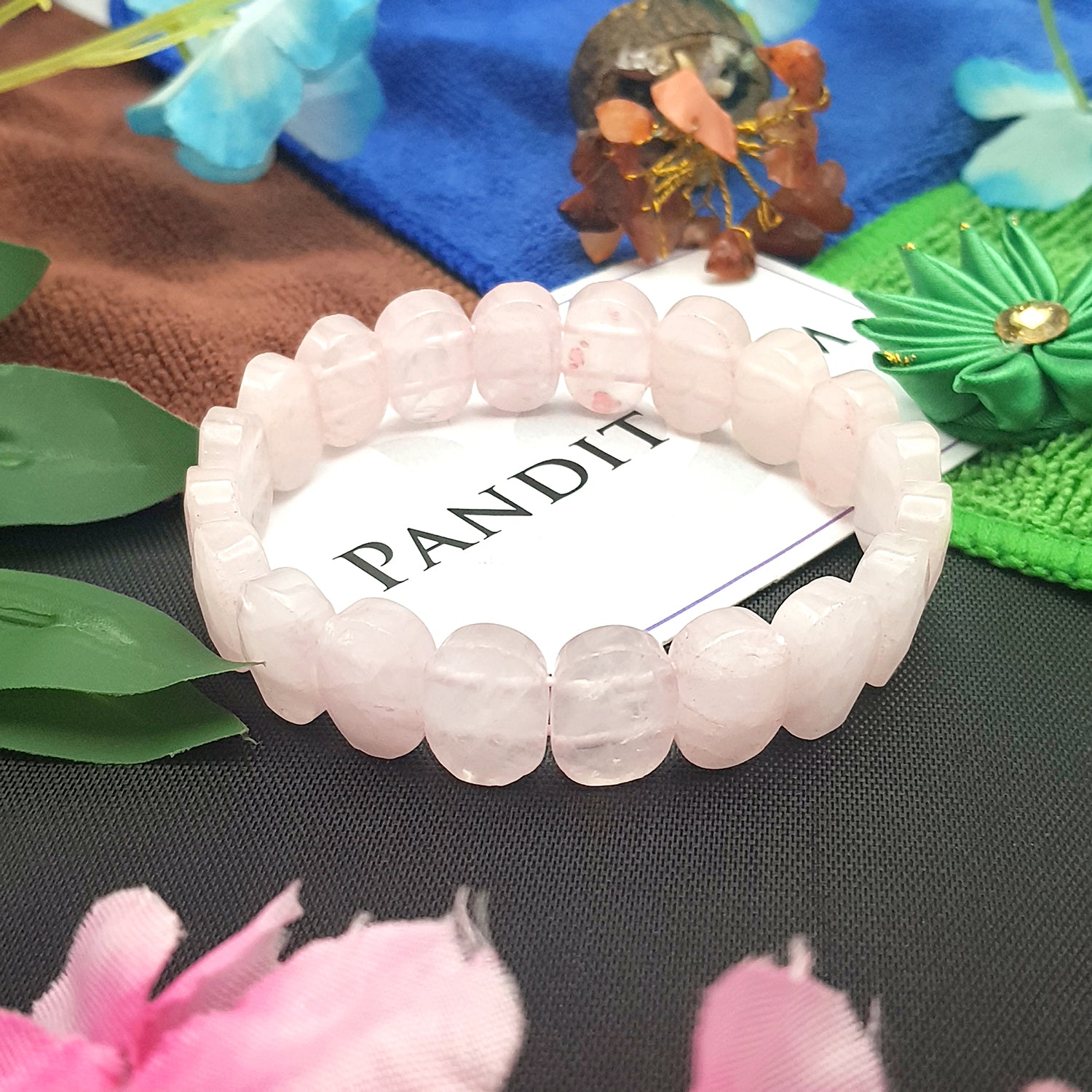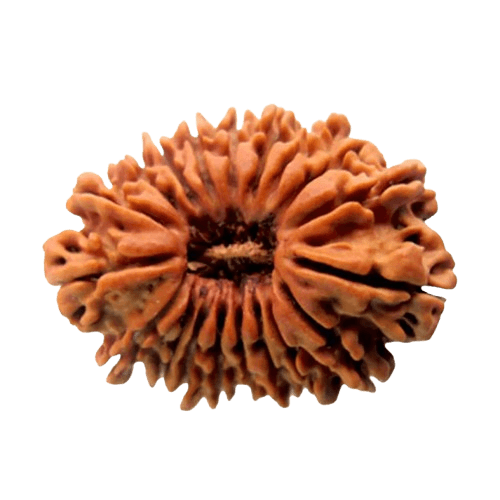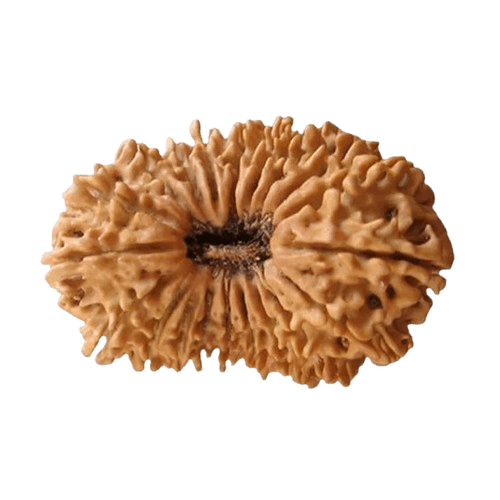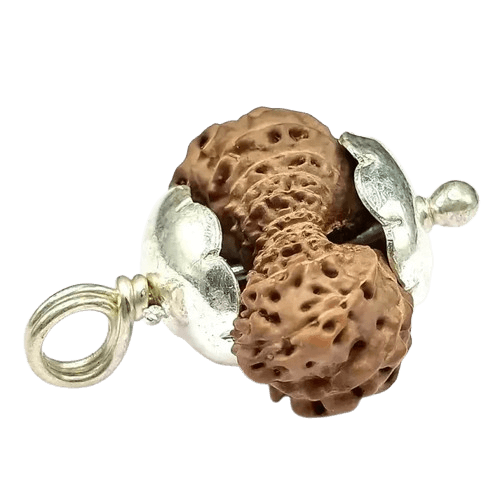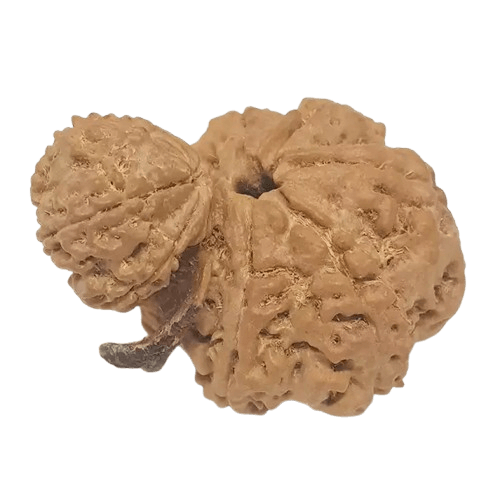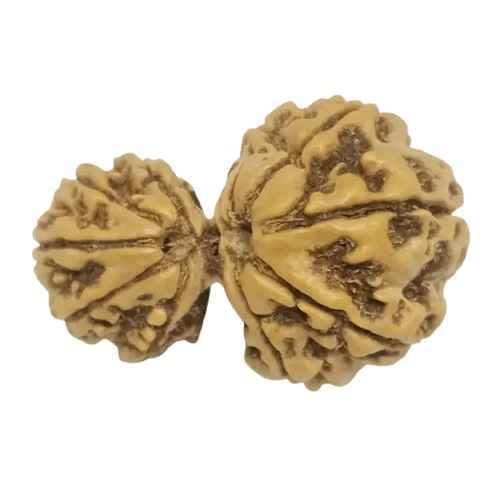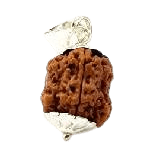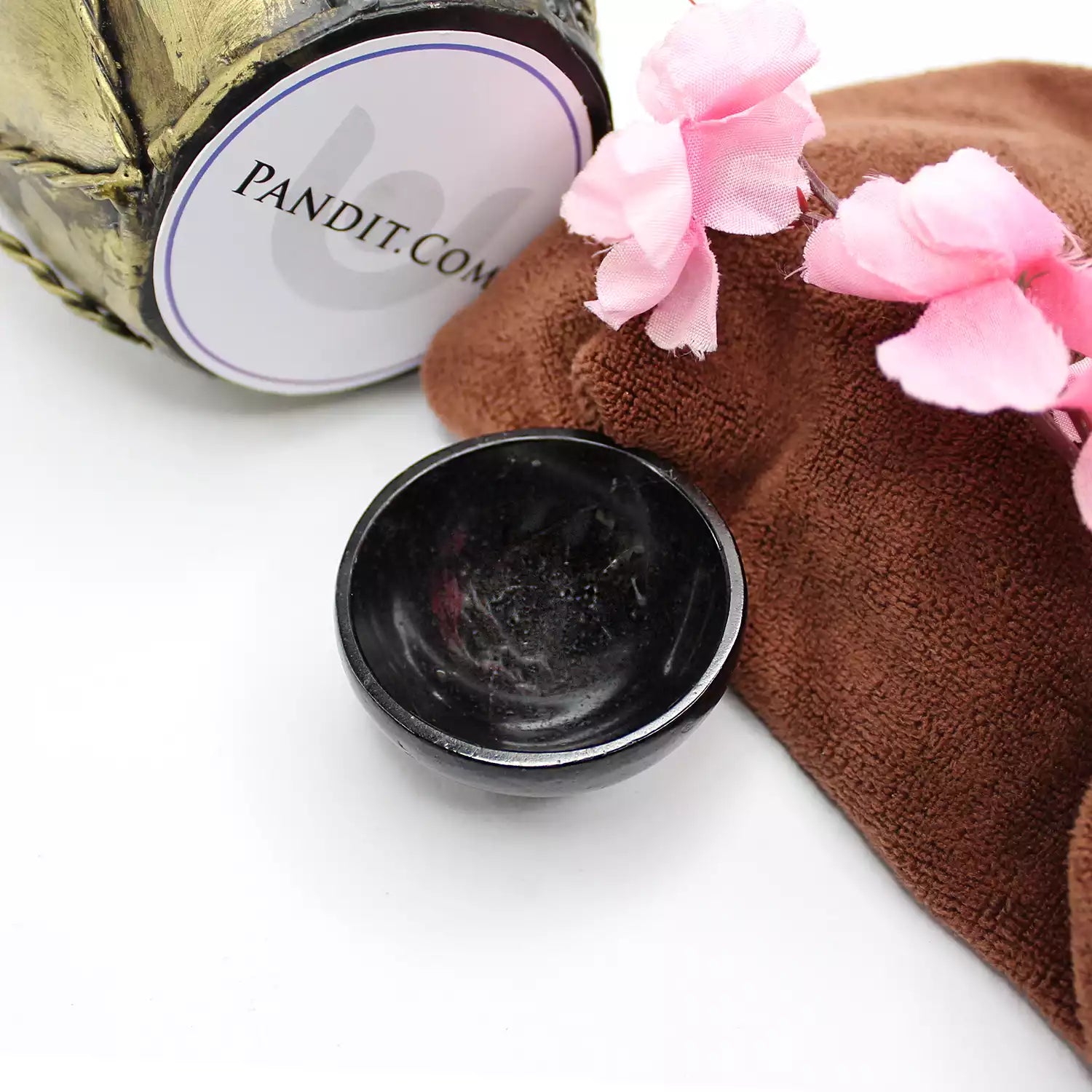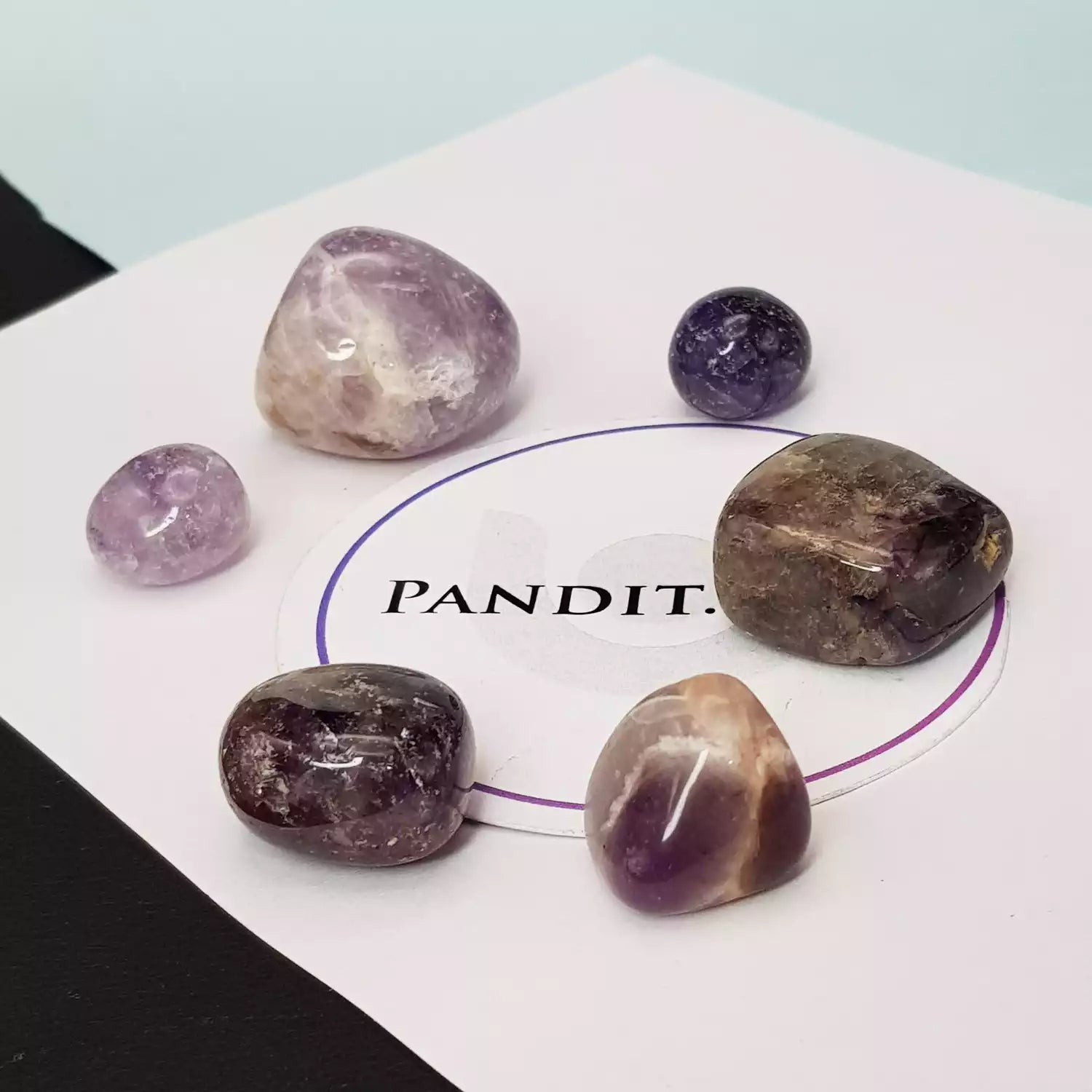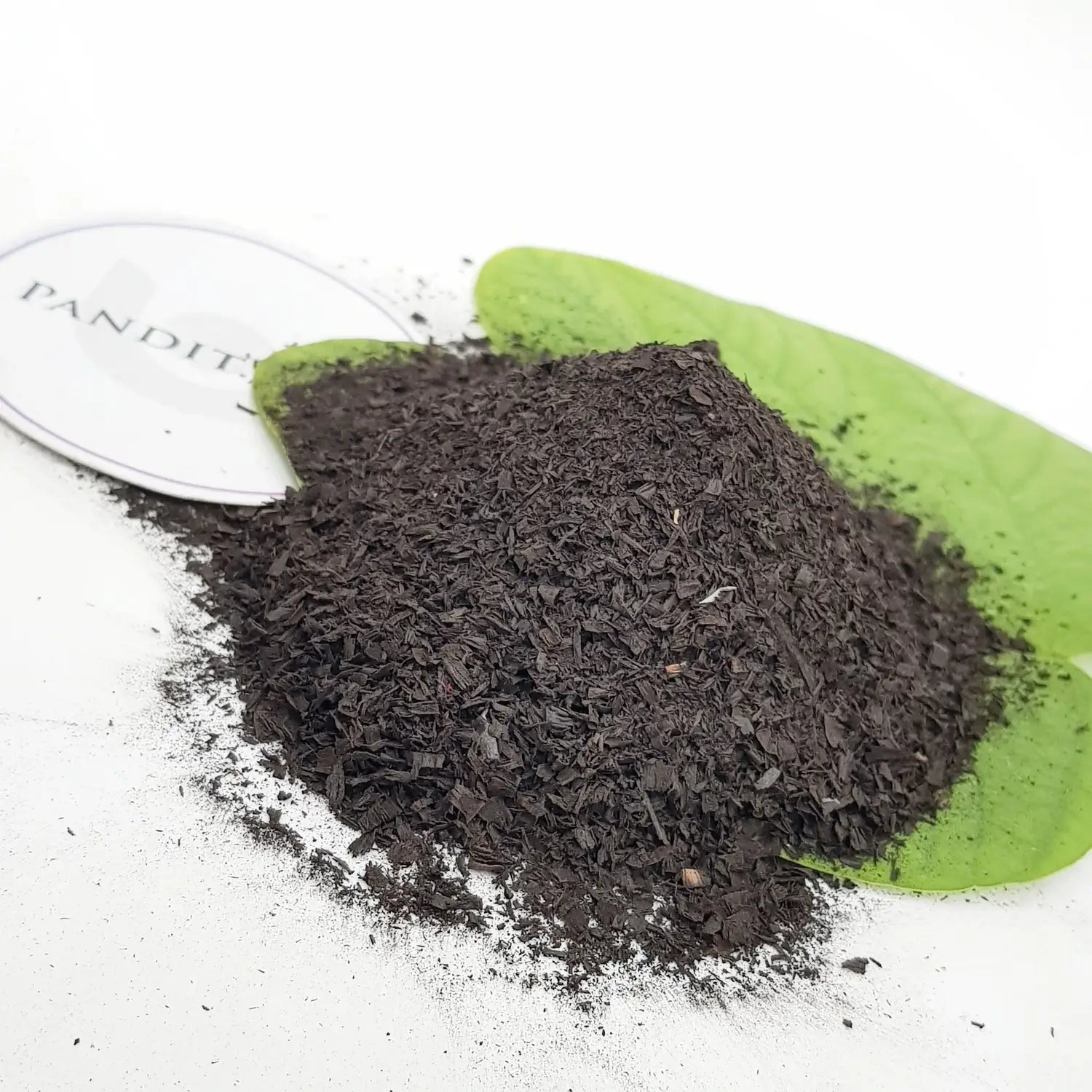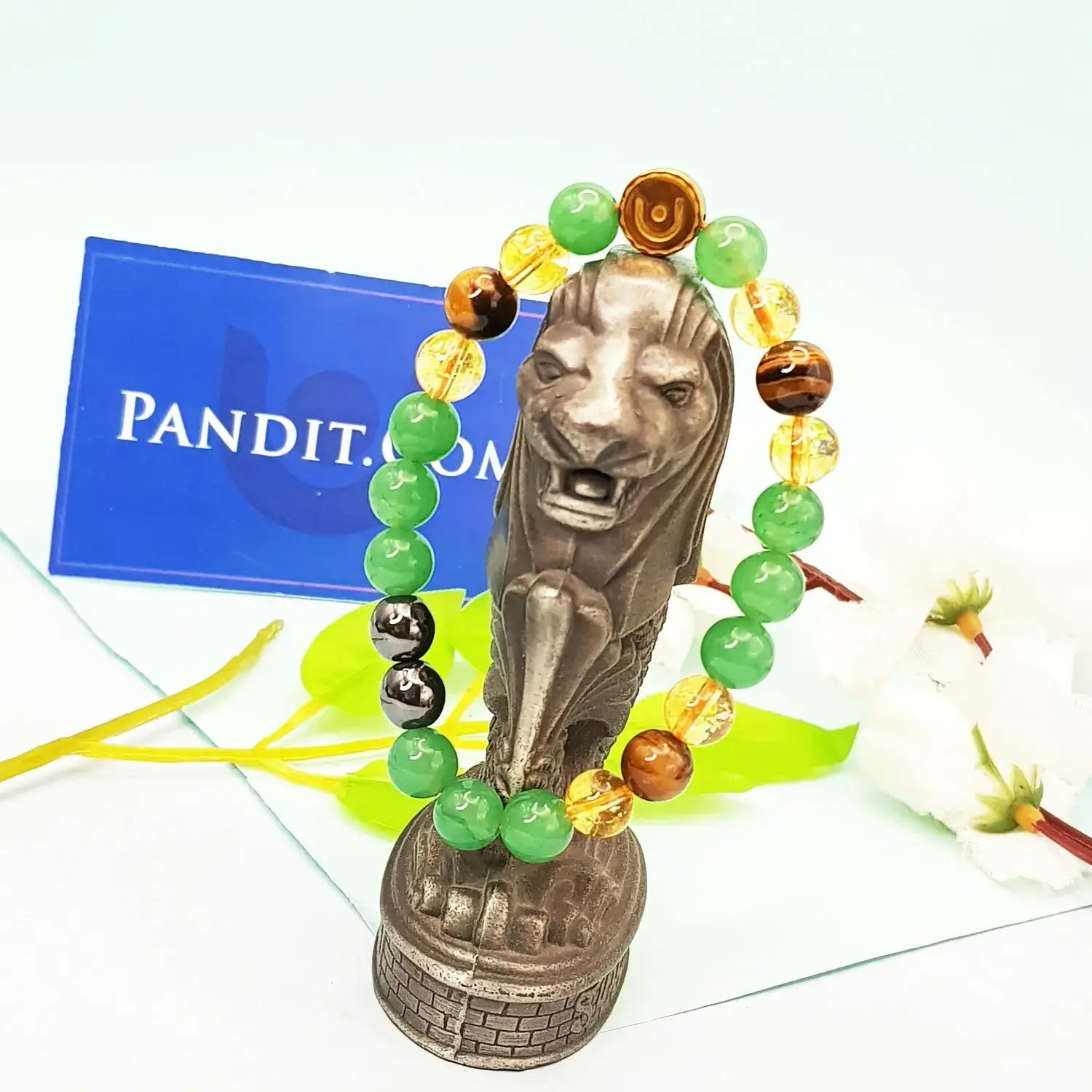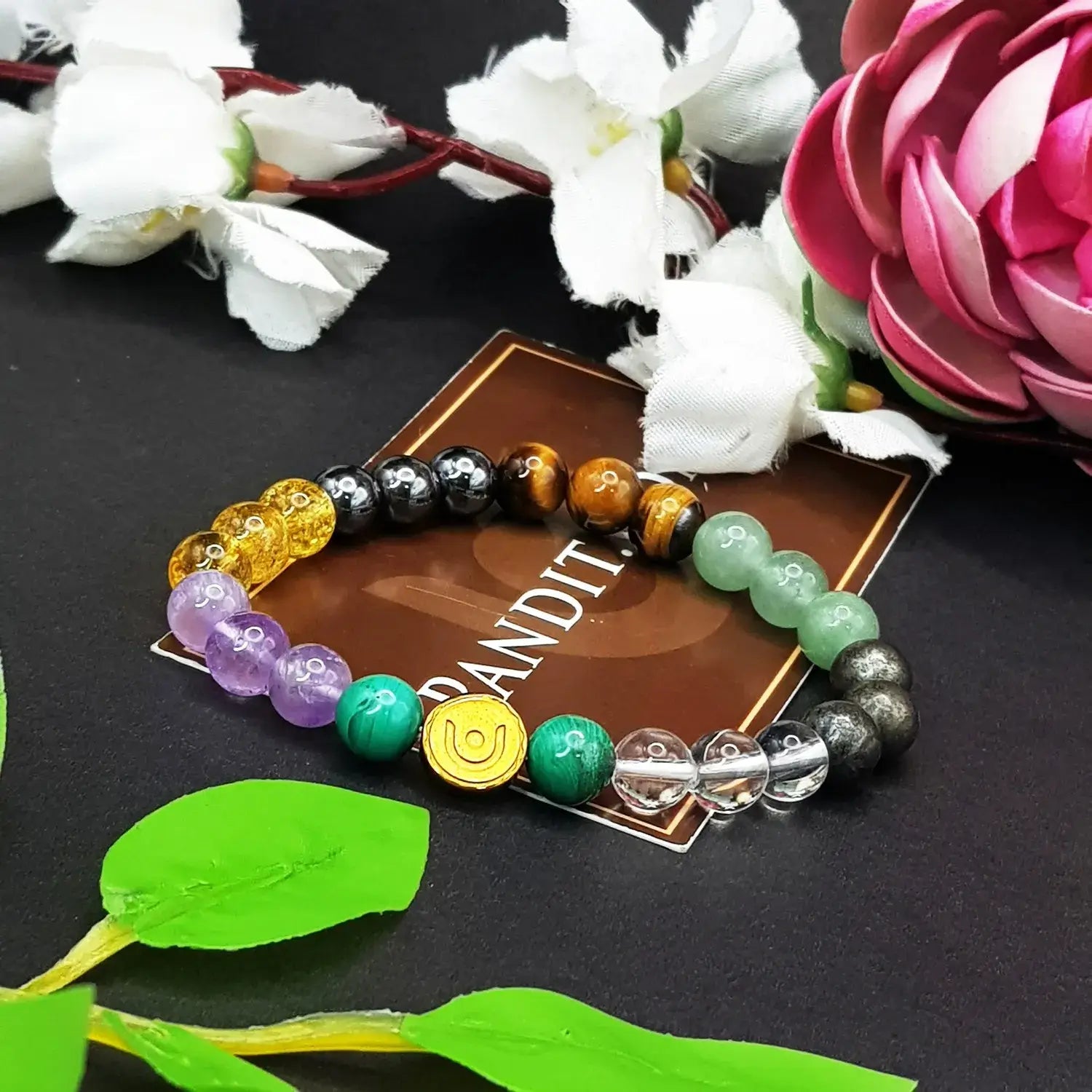
Shardiya Navratri is the most auspicious and popular Navratri among all the other navratris that’s why it is also known as Maha Navratri. As per the Hindu calendar, it occurs in the lunar month of Ashwani Shukla which falls in the month of October or September as per the Georgian calendar. All the nine days of the festival are dedicated to the nine different forms of the goddess Maha shakti.
Women, especially of Gujarat and Maharashtra, used to adorn themselves with the 9 different colors, a different color on each day.
The nine forms of Maa Durga that are worshipped during the Navratri are Shailputri, Chandraghanta, Kushmanda, Brahmacharini, Skandamata, Kalratri, Mahagauri, Katyayani, and Siddhidatri. It is considered that if the pooja is performed with full concentration then the mind and soul will also get purified and attains the physical and mental happiness.
What is the history of Shardiya Navratri?
As per a great epic, Ramayana, before going to fight with the evil demons king Ravana, Lord Rama worshipped the goddess Durga. Lord Rama worship the ‘Mahishasura Mardani’ form of Maa Shakti and light 108 lamps and offer 108 blue lotuses on this auspicious day. As a result of the divine blessings of Maa Shakti, Lord Rama scored a victory over the evil king of Lanka, Ravana and establishes Dharma.
What are the items require for the Shardiya Navratri Pooja?
The items require to perform the Shardiya Navratri Pooja are picture or idol of Goddess Durga, book for Durga Sapthashati, holy water, washed and fresh mango leaves, coconut, roli, moli, chawal, paan, cardamom, supari, cloves, kumkum and gulal.
How to perform the Shardiya Navratri pooja?
Shardiya Navratri Pooja is one of the most important pooja as compared to the poojas that are done on the other eight days of Navratri. To perform the pooja, one should wake up early in the morning and take bath. Clean the entire pooja room and sprinkle a small amount of holy water in the room. Put water in the kalash, a coconut and mango leaves on it. For the pooja, Kapur (Camphor) and dry cow dung are brunt and Jyota (Fire) from it is considered as the form of Maa Shakti. It is considered that Maa Shakti herself come in the form of fire and give blessings to all the devotees. Now worship the goddess with roli, gulal, rice, flowers, kumkum, moli and balepatra. Sweets offered, prayers sung and mantras are chanted to worship the goddess. After completion of pooja, the smoke of residue is moved to the entire house. It is considered that by doing this all the evil and negative energies are burnt out and peace and happiness would spread in the House.
On the last two days of the Navratris, small girls are worshipped and offered Puri , Halwa and Chana. After the meal, feet of the small girls are touched and gifts with some amount of money are offered to them.
What mantras to be chanted?
Mantra to be chanted on Shardiya Navratri Pooja is as follows:
1)Yaa devi sarv bhutesu, shaanti rupena sansitha
Yaa devi sarv bhutesu, shakti rupenaa sansthita
Yaa devi sarv bhutesu, matra rupenaa sansthita
Nmastasyai, nmastasyai, nmastasyai, namoo namaha!
2)Anapoorna sadapoorne shankarah pranavallabhe
Njanaa vairagya sidhyaardham bhiksham dehi chaaa parvati.
3)Sarv mangaala maaangalye shivae sarvartha sadhike
Shranye trayumbake Gauri
Naarayani namosthute.
4)Namooh devyaai mahadevyaai shivaayai satatam nmah
Nmah praakrutyai bhadraaayai niyataah pranataaahsma taam.
What to donate on the festival?
On the day of festival Shardiya Navratri, People usually donate blankets to the needy and poor people along with money.



